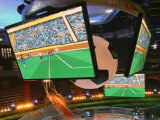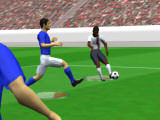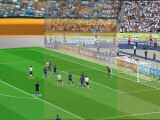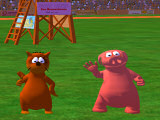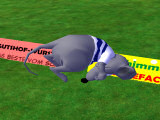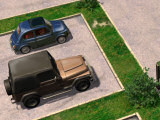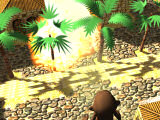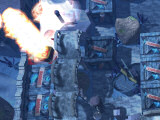In November 2005 we received an interesting request. A graphical artist, who once worked for Steffen Kleinke, was engaged at a company called “WIGE” in Munich. He phoned Steffen, because his employer was looking for team, which could realize a special real-time 3D live broadcasting project. “Media Seasons” was not the only studio in Germany with the ability to do it but we had luck. “WIGE INNOVATION” was the subsidiary company with the relating area of responsibility for such projects and fortunately situated in our city.
The project definition was to build a tool, which can be used to view a soccer scene from television with 3D models from any perspective. The most important point was that one operator is able to adjust the camera placement, ten player poses and their texture setting from a frozen image in ten minutes. That tool was used in the live shows at the “2006 FIFA World Cup Germany™” by the German television broadcaster “ZDF” and the Austrian “ORF“. At that time “WIGE DATA” and “WIGE INNOVATION” were bought by “Swiss Timing“, which is part “The Swatch Group“, and renamed to “ST SPORTSERVICE” and “ST INNOVATION”. “ZDF” and “DSF” are still using our application called “tvVAT3D”.
But before that happened we were asked at the beginning of December 2005 if we can develop a program that brings a virtual animated ski jumper into a real “ORF” studio for the “Four Hills Tournament“. The event was taking place between December, 28th and January, 6th in 2005/06. Although we had less than one month time, only a basic understanding for ski jumping and some new technologies like tracking of a real camera or outputting the graphics using the SDI ports of a “NVIDIA Quadro FX” card to integrate we accepted and mastered the challenge. We repeated the success one year later but used another software technology that time.

